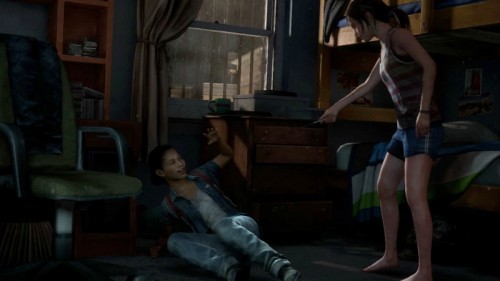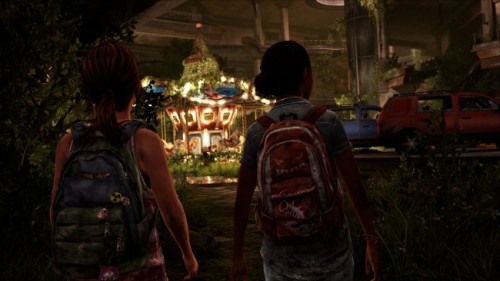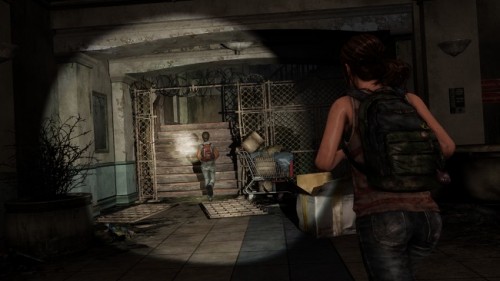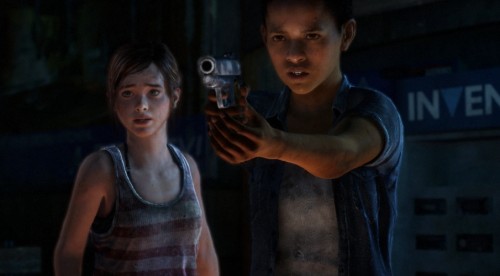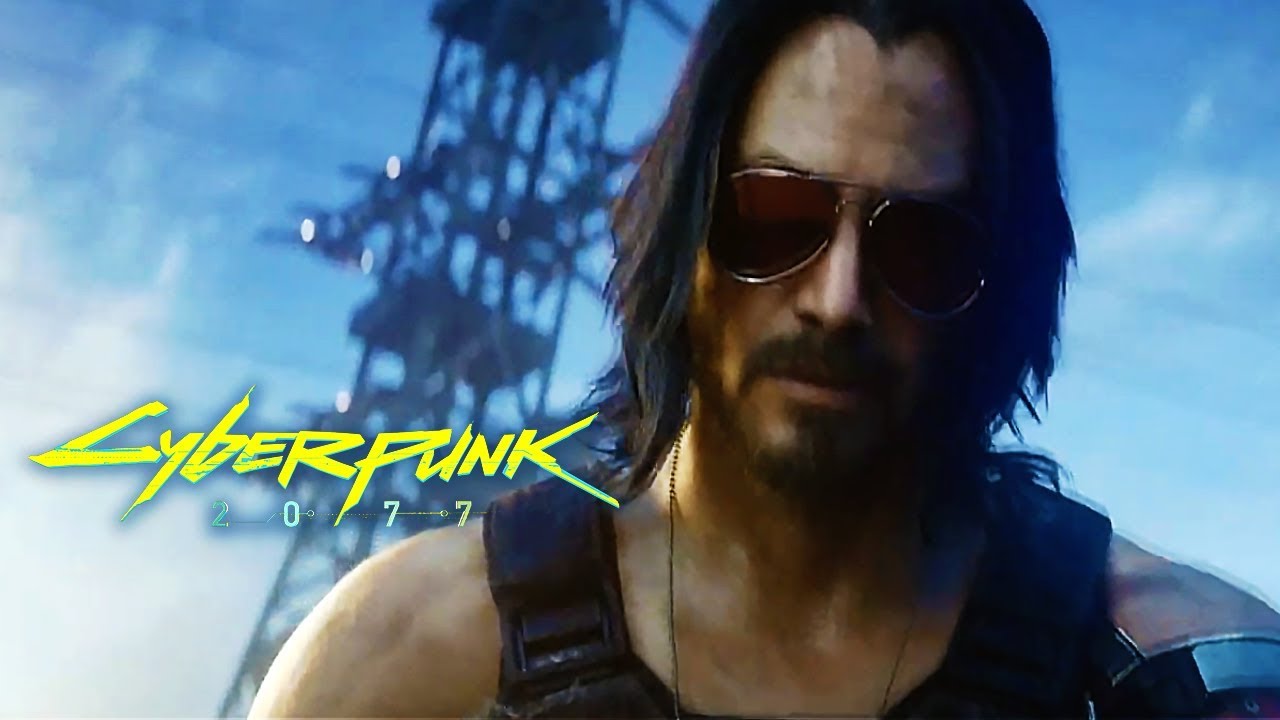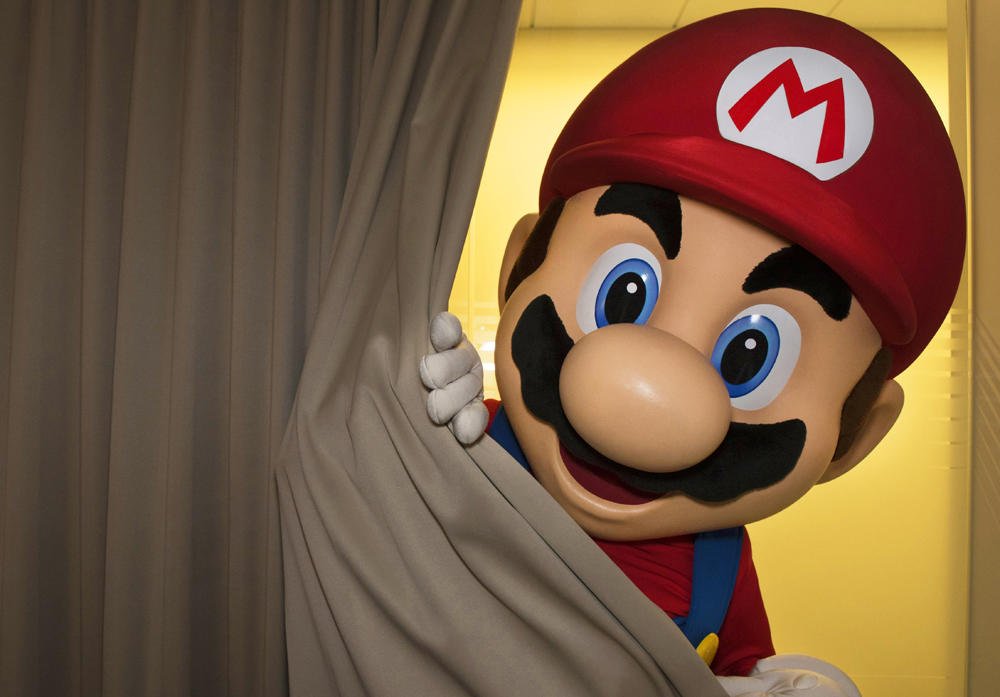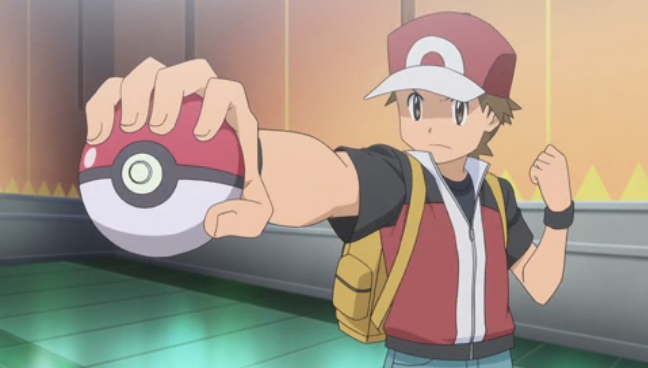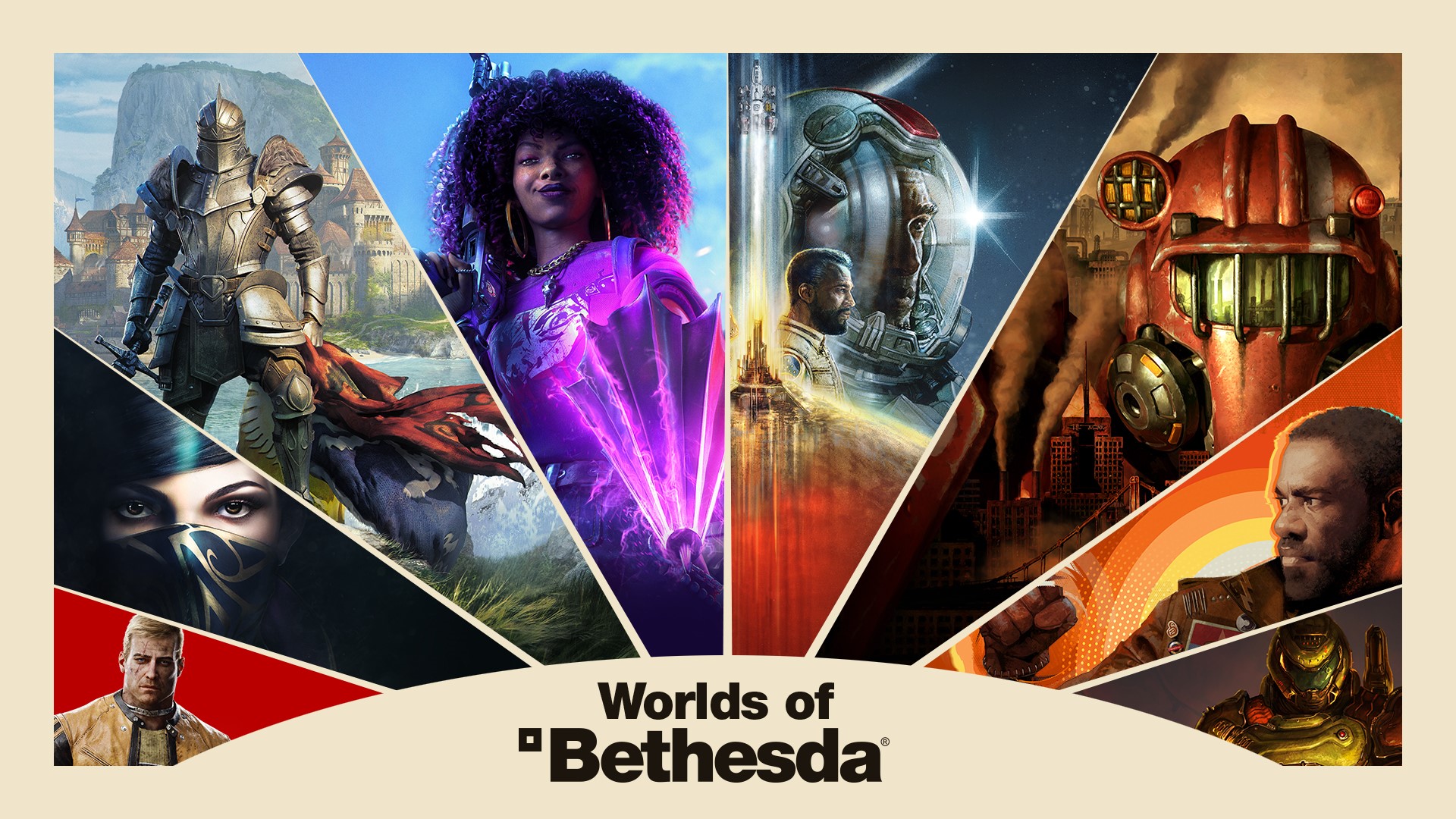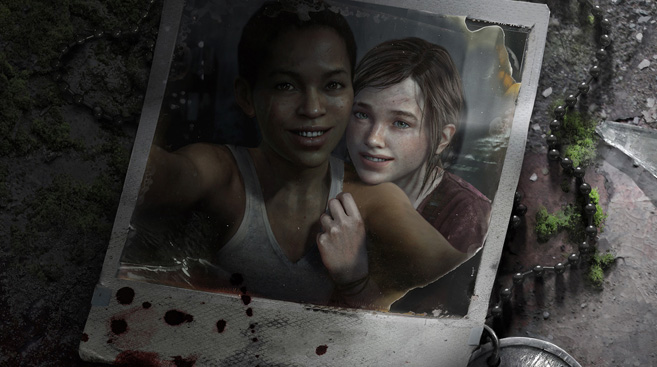
I probably should have gone out on Valentine’s Day. Spend some time outdoors, take in Melbourne’s city life, maybe try to find another wayward soul looking for a cheap and regrettable Friday night hook-up. Instead I chose to stay inside, playing video games. Lame? Yeah, sure. But in my defence I had a hell of a Saturday night planned and wanted to save my money and inevitable hangover.
To make matters worse, I didn’t just chose to play any game, instead opting for The Last of Us‘ first (and apparently last) narrative based DLC, Left Behind, for AU$21.95 (so much for saving money). In short, this means I spent Valentine’s Day with two virtualised teenage girls. Here my review becomes a choose your own adventure: keep reading to hear my thoughts on Naughty Dog’s digital outing, or close your web browser and file a police report.
Oh, and spoiler warning: Left Behind is aimed at those who’ve finished The Last of Us and know Ellie’s background. If you’re yet to conquer the cordyceps, stick with the police report for now.
I believe it was towards the end of The Last of Us that Ellie fully revealed her past to Joel; she’d been hanging with her best buddy Riley, having snuck out of military school, and both run afoul of infected. Left with thoughts of inevitable, impending doom, they chose to “poetically” go crazy together. As we know, that only happened to Riley, Ellie discovering her immunity to the cordycep infection. Trauma from the event played an important role in defining Ellie’s character, particularly her survivor’s guilt, and the way she chooses to interact with other people throughout The Last of Us‘ narrative. And though it might seem a little bit like a story that didn’t necessarily need to be told, Ellie’s background with Riley and their fateful, final carefree day (if you could call it that) is exactly what Left Behind is all about.
Well, almost exactly. There’s a neat little twist to the narrative (maybe predictable now that I’ve mentioned it) that helps justify why this story is being told and what relevance it has to Ellie, and her growing attachment to Joel. In many ways Left Behind is Ellie’s proper backstory in the same way that The Last of Us‘ intro paints us a defined picture of Joel and the trauma he deals with. Throughout The Last of Us we use Joel as an avatar (exception: Ellie’s playable sequence) to learn more about Ellie based on how much she’s willing to share. For most part we know Joel better than Ellie. Left Behind is Ellie’s story, and by the end we better understand her. Probably best this was saved as post-release content, as to not infringe on The Last of Us‘ exceptional narrative arc.
Naughty Dog’s aim, both with Uncharted and The Last of Us, was to create heavily narrative driven interactive stories, combing virtual set pieces and “gamey” elements with a thick layer of contextual dialogue and characterisation, doing their best to blur the lines between “I’m playing a game” and “I’m watching a movie”. Though I maintain that for each of their PlayStation 3 games they’ve both succeeded and failed in various degrees, I’ve also held the belief that The Last of Us represents the strongest execution of this game/story vision, making fewer concessions to either philosophy than Uncharted.
Strange then, though not entirely unwelcome, that Left Behind leans heavily towards “narrative” over “game”. Moreso than any point in The Last of Us that I can remember, Left Behind‘s goal is to envelope you in Riley and Ellie’s relationship. The framework here has you following Riley through environments, plenty of “walk and talk”, and engaging with contextual set pieces to trigger more dialogue and goofy little mini-games. In the grand scheme of things this hinders replayability; you really will do a tremendous amount of narrative ‘play’ over ‘gamey’ play. But the saving grace is that Naughty Dog’s writing team results in wonderfully natural dialogue between Ellie and Riley, a standard kept by the voice performers whose chemistry is palpable.
And those goofy mini-games are Naughty Dog’s trademark way of providing narrative context for a playable sequence. I don’t want to spoil them all, but the example I’ll give is a brick throwing contest between the two, wherein each are tasked with smashing all the windows of a delegated vehicles, winner crowned “Brick Master”. Unscripted, the challenge is an actual ‘game’, giving you the freedom to run around, find bricks, and use The Last of Us‘ throwing mechanism to break whichever windows you can, all the while the two girls banter, taunt, and respond to the escalating scenario. This is Naughty Dog at their best, telling a strong story through the agency of interaction and play, forging those dynamics and bonds between characters naturally through the player instead of artificially locking them all to cutscenes.
Left Behind is littered with little moments like this, brilliant delivery of dialogue steering the tale towards its knowingly sombre climax. There’s an essense of genuine humanity and empathy in the characterisation of Ellie and Riley, the bond they share, and it’s admirable that Naughty Dog accomplished as much as it is difficult to talk about without spoiling.
What little traditional ‘play’ you do relies on The Last of Us‘ basic combat system without any really significant changes or additions, and this is both a blessing and a curse. On the plus side, the intense Manhunt-like stalker stealth is just as great as ever, the thrill of taking out hunters or infected silently as you make your way through combat zones showcasing competent stealth and combat systems. On the downside, issues with The Last of Us‘ AI (running around like headless chickens) are still prevalent, and Ellie is no less overpowered and ludicrously well equipped than she was in the main campaign. She’s fun to play, but trying to make your way through a room of Clickers with Joel, knowingly limited in your melee weapon resources, is significantly more tense and horrifying than doing so with Ellie and her super powered switchblade.
Exploitable AI is too part of the problem. The Last of Us had issues where AI would sometimes fail to respond intelligently to a given scenario, making for easy bottlenecks and cheap kills. They’ll do the same here, and as scary as a Clicker room might be, one brick to generate noise followed by a Molotov cocktail is about all you need. To Naughty Dog’s credit, Left Behind does explore infected vs. hunter NPC encounters, the two now interacting, but the aforementioned AI issues and kill cheesing diminishes their memorability. I’ve had hunters run back and forth past Clickers who are none the wiser, until the hunter for some reason decided to fire a few rounds and alert them to his presence. Even so, an encounter of hunters and infected is hardly intimidating when one brick or bottle will have the two clash and thin out the overall numbers, all the while ignoring you and ultimatley making the encounter even easier. Also, and though I could be mistaken, Left Behind seemed to emphasise kill rooms more often than The Last of Us. The latter quite often gave you the option to sneak your way through encounters silently and without engaging the enemy. On the other hand, Left Behind explicitly forces you clean out a number of areas before progressing.
Left Behind‘s encounters never play poorly, as few and far between as they are, but they do highlight some of the weaknesses in The Last of Us combat/encounter design. And like The Last of Us, I do feel there’s a lot of headroom in the overall design to improve.
So while Left Behind wont sit with you for thrilling, intense encounters or climatic gameplay, it will sit with you for the story. A simple story of friendship and love, of bonding in a harsh, unforgiving world where letting go of emotional inhibitions and your guard is a risk that could very well lead to your death. It’s a characterisation of Ellie, and more than a construct of her survivor’s guilt, it’s a window into the life of young girl forced to grow up far too quickly. Like the best of The Last of Us, Left Behind isn’t about the creepy cordyceps or monstrous hunters, it’s about the people simply trying to survive. That innate humanity in who we are that stays the same even while the world around us goes to shit.
I would have liked to see more encounters, and better encounters than the few we got. I do think imbalances and issues in the design drag down the encounters as a whole. And I’m a bit disappointed that the hunters vs. infected scenarios aren’t as memorable as they could have been. But most of all I’m frustrated by the price. I don’t always try to drag in the price of admission into reviews of a game’s quality, but AU$21.95 is too high. It’s too much, especially while the US pay US$14.95. Yet another unustified price hike that ends up sticking a premium cost on digital content that will, in the long run, act as an entry barrier to potential customers.
All that being said, Naughty Dog fans should know what they’re getting into. Adoration for Uncharted and The Last of Us is unlikely to run parallel with expectations of a narrative-lite gameplay-heavy 4X grand strategy game. Instead, most fans won’t just expect, but actively want as much story telling as they can get. And though I’m still not confident the content justifies the price, those looking for one more treck through post apocalyptic USA, from the perspective of one of the most important characters in the narrative arc, should find themselves delighted and moved by Left Behind.
Happy belated Valentine’s Day.
Genuine humanity in writing and characters | Memorable narrative sequences | Strong presentation
Forgettable, few encounters | Main game limitations/issues carry across in design | Ridiculous price

